Air-Cooled Chiller vs. Water-Cooled Chiller Comparison
Industrial processes generate large amounts of heat, which must be dissipated to avoid damage to sensitive equipment and to protect finished products. Proven methods of monitoring and regulating temperatures at optimum levels involve the use of a cooling system, which can be either water or air cooled. This article will focus on the differences between water cooled chillers and air cooled chiller systems.
Air-cooled chillers vs. water-cooled chillers
Although both air-cooled and water-cooled chillers function to remove unwanted heat from the manufacturing process, they differ in different ways. Deciding which chiller type is best for your industrial process depends on several factors, including
Chiller condenser mechanism
Environmental and location considerations
Air-cooled versus water-cooled condensers
There is a distinct difference between air-cooled and water-cooled chillers with condensers. Air-cooled chillers are equipped with condensers that use ambient air to lower the temperature of the refrigerant. Fans are used to force the air through the ducts containing the refrigerant, thus removing the heat from it. The cooling refrigerant used in the chiller can then be circulated through the industrial process to achieve the cooling effect.
Water Cooled Screw Chiller
In contrast, water-cooled chillers use the high heat capacity of water to promote refrigerant cooling. The typical coolant used in a water cooled system is a mixture of water and glycol circulating in a sealed network of pipes. Cooling occurs when the cooled refrigerant passes through a heat exchanger that interfaces with the industrial process at hand. The heated coolant is then returned to the cooling tower or refrigeration unit to remove the heat gained in preparation for another cooling cycle.
Environmental / location considerations
The planned location of the chiller plant is another important factor to consider when deciding on an industrial chiller. Depending on the site plan, there are advantages and disadvantages to choosing either an air-cooled or water-cooled chiller.
Indoor locations
Both air-cooled and water-cooled chillers can be installed in an indoor location. However, additional space considerations must be made for air-cooled chillers. This is because air-cooled chillers need access to sufficient ambient air in order to operate properly.
Additional resources:
New cold room designs: which is best?
What is the benefit of a cold room?
How a Boiler System Heats Your Home
Pallet In/Carton Out Workflow
How Does Equipment Cost Affect Gypsum Production?
How Does an Industrial Finned Tube Radiator Work?
How to Choose the Best Calcium Silicate Board Production Method?
Placing an air-cooled chiller in a poorly ventilated indoor space will hinder its cooling capacity and reduce its efficiency. In contrast, chillers can be installed in areas with minimal ventilation, as their cooling towers can be placed on the exterior of the building.
Outdoor locations
The choice of air-cooled chillers is advantageous in outdoor environments because of the unrestricted access to the high flow of ambient air required to promote coolant cooling. Water cooled chillers are rarely installed outdoors.
Air Cooled Screw Chiller
Environments with elevated temperatures
Water cooled chillers are the best choice for installation in industrial areas with high heat output. Air cooled units do not perform well in areas with elevated temperatures as chillers and cooling towers will struggle to dissipate the heat within the coolant pipework.
Areas with poor water supply
The choice is easy in situations where the water supply is inadequate. In this case, an air-cooled chiller is the best choice, provided it is installed in a well-ventilated area. The available water can therefore be directed to other essential production processes.
Environmental regulations
Local or regional regulations regarding industrial waste water are a key issue to be addressed when selecting a chiller system. In this respect, air-cooled chillers are more beneficial as there is no need to worry about waste being released into the environment.
The link between air-cooled and water-cooled chillers Cold Shot Chillers
At Huazhao Refrigeration Equipment, we offer a wide range of air-cooled and water-cooled industrial chillers designed to meet all your industrial and commercial process cooling needs. To find out more about how we can help meet your specific process cooling needs, contact us online today!
Maximize Efficiency: Best Practices for Brazed Plate Heat Exchangers
Key Questions to Consider When Investing in Solar Panel Installation Services
Steam vs. Hot Water Boilers: Key Differences Explained!
10 Questions You Should Know About Fiber Cement Board Production Machinery
How to Choose the Right Industrial Finned Tube Radiator?
How does a high-temperature finned tube exchanger work?
Maximize Efficiency: High-Temperature Finned Tube Exchanger Tips
None
Related Articles

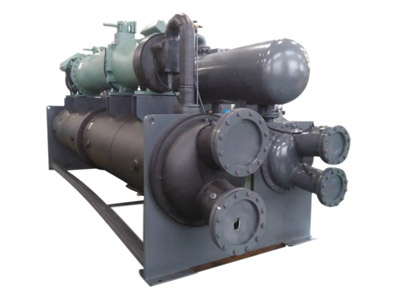
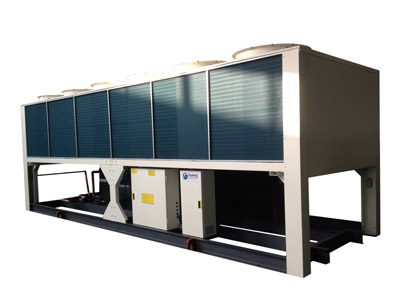



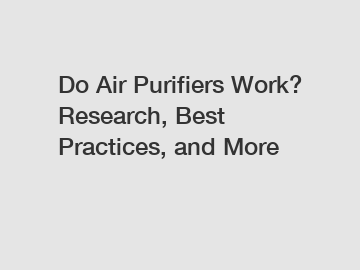
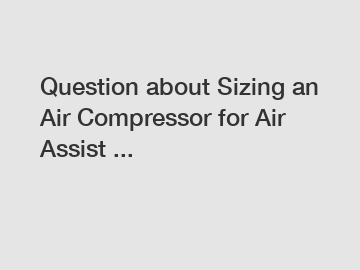
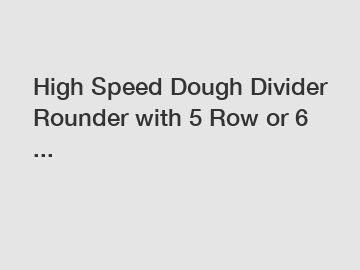

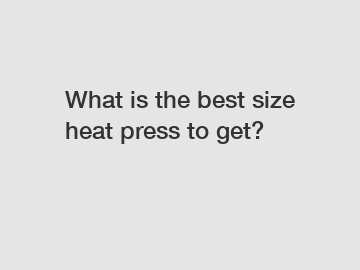

Comments